Table of Contents
For more than a century, most motorcycles have been powered by more or less the same kinds of engine: inlines, Vs, and flats — all gasoline-powered. You’ll find the occasional steamer or frugal diesel to spice things up, but for the most part, you’re going to find some sort of common gasoline engine under most tanks. Since 2005, one man has been reviving a different century-old technology one motorcycle at a time. John Levey takes his skills as an aviation mechanic to pair radial engines with motorcycles, creating some of the most striking bikes you’re unlikely to ever see.
As many of you know by now, I love scouring the Internet for unique ways to power motorcycles. Crafty builders and companies have built motorcycles powered by turbines, motorcycles powered by car engines, motorcycles powered by chainsaws, motorcycles powered by diesel engines, and even motorcycles powered by steam. Naturally, the next step would be to find a motorcycle powered by an aircraft engine. Admittedly, I expected to find perhaps a motorcycle powered by a Continental out of a Cessna or something.
![]()
Instead, I’ve found a motorcycle powered by a V-twin made from a Rolls-Royce Merlin V12 and quite a few motorcycles powered by radial engines. Yes, there are motorcycles powered by big and chunky radials!

Today, we will highlight what’s billed as the world’s only production radial motorcycles. John Levey and his JRL Cycles make custom motorcycles featuring a sizable 2.8-liter seven-cylinder radial. Technically, these motorcycles are a rebirth of a century-old idea but cranked up to absurd levels.
More Than Just Aircraft
Radial engines date back over a century. In the early days of flight, a lot of aircraft were powered by inline engines (like the one below), not unlike cars. In those days, inline-engine planes suffered from engines that ran hot, were heavy, and didn’t have optimal power.

The invention of the radial engine is often credited to American engineer Charles Matthews Manly. Technically, Manly was not the first to build a radial engine. In 1899, Stephen M. Balzer created an air-cooled radial engine that made 8 HP. That car engine-derived unit was so unreliable it ran for just a few minutes and was never installed in a vehicle.
Dr. Samuel P. Langley commissioned Manly to build an engine for his Aerodrome aircraft. Manly took the Balzer design, added water cooling, and managed to iron 52.4 HP out of the five-cylinder design. As the National Air And Space Museum notes, Manly’s engine was reliable, was able to run for ten hours straight, and had a power-to-weight ratio of 2.4 lb/hp. The museum writes that this engine had the greatest power-to-weight ratio of any engine until 1906. Unfortunately, the aircraft it was mounted in was such a failure that it nearly killed Manly in 1903. Of course, the Wright Brothers would fly into the pages of history later that year.

The radial engine also proved to be a dominant force in aviation. As engine development continued, the radial engine proved to be reliable and could provide thundering power while at the same time being air-cooled. In case you don’t know how a radial engine works, I’ll explain. Radials are internal combustion engines, but their cylinders basically “radiate” from the central crankcase. These cylinders cover a massive surface area, allowing them to keep cool from the air. One piston has a primary rod directly connected to the crankshaft while the other pistons connect with articulating rods.
Four-stroke radials commonly have an odd number of cylinders, which maintains a firing order of every other piston. Later, there would be the rotary engine, something I’ve written about before:
For those of you currently scratching your head, this type of rotary engine isn’t one of the spinning Doritos of a Wankel engine. In this usage, a rotary engine is an Otto cycle piston engine with its cylinders arranged in a radial formation. This engine is different than a radial, too, because where a radial engine has a fixed cylinder block with a spinning crankshaft, this sort of rotary engine has a fixed crankshaft and a spinning block.

This is important because, in the late 1800s and early 1900s, some motorcycle pioneers used these engines in their builds. For one example, the Megola of the 1920s used a rotary engine mounted in its front wheel. Meanwhile, Felix Millet patented the Millet Motorcycle in 1892 (above), which is said to have a radial engine housed in its rear wheel. Though, the design still sounds like a rotary to me. There’s also the Trojan & Nagl Torpedo W4 (a replica is below), which has what appears to be half of a radial, but each cylinder is directly connected to the crankshaft, unlike a radial.

131 Years In The Making
John Levey, the Florida-based brain behind JRL Cycles, says his motorcycle is over 130 years in the making, referring to the patented Felix Millet radial motorcycle. But Levey’s motorcycles would be nothing like what Millet made.
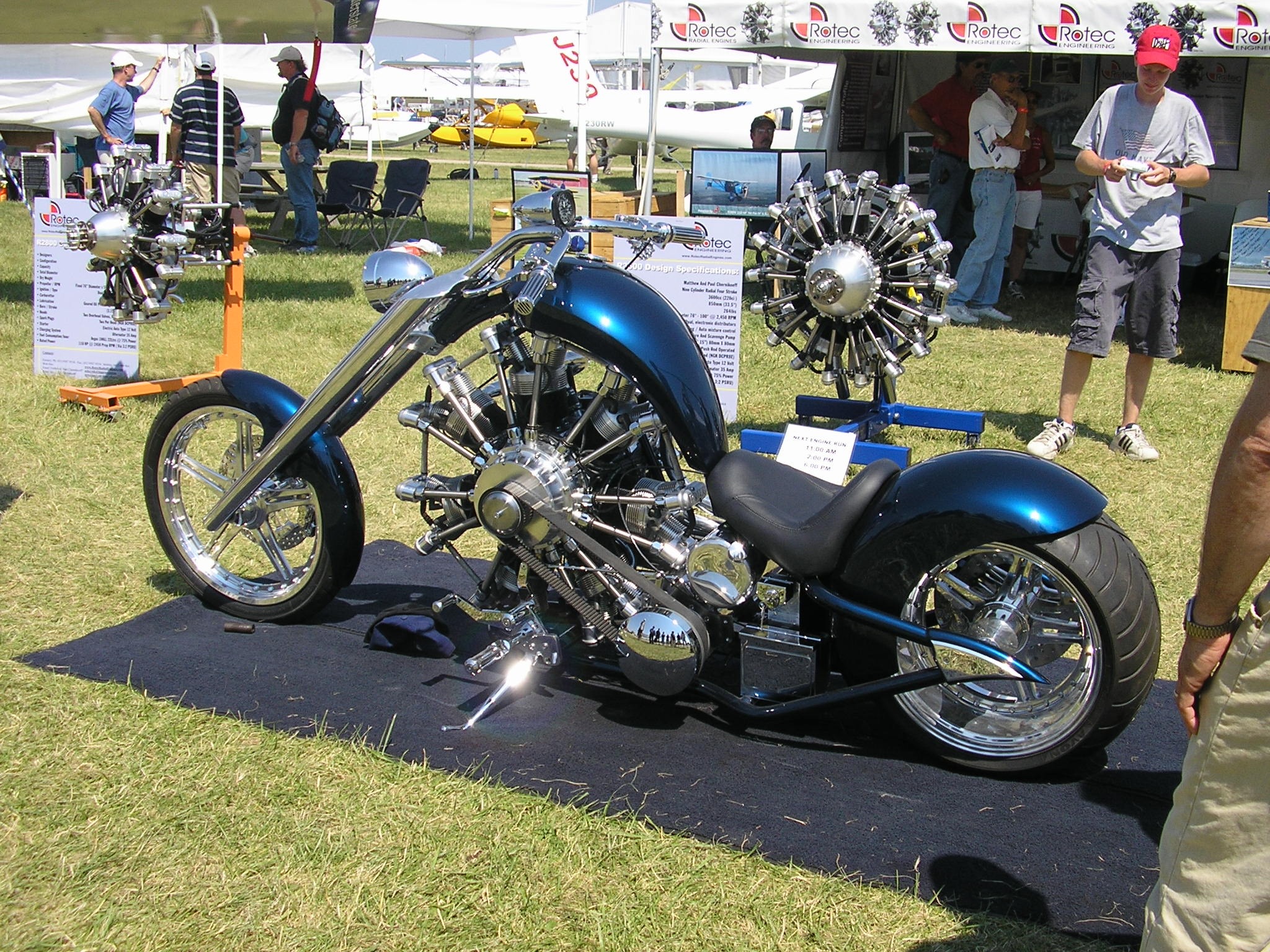
Levey is an aircraft mechanic, aviation instructor, fabricator, and constructor of custom wheelchairs. When he isn’t making something or teaching others the joys of aviation, he’s building what he calls the only production radial motorcycles in the world. As Motorcycle USA wrote in 2007, Levey’s Radial Chopper happened pretty much by accident. As the publication explains, Levey was talking with his old-school motorcycle fabricator brother-in-law Mike Wherle and shop partners Tim Deml and Chet Thomas. The four men were having some bar talk when the idea of combining a radial with a motorcycle came up. Levey grabbed a bar napkin and jotted down some early sketches.
Wherle and Levy drew up the initial designs in 2005 during Sturgis and the very first motorcycle was finished before Sturgis in 2006.

Motorcycle USA writes that building the first Radial Chopper, which went on sale as the Lucky 7, was no walk in the park. The very first issue Levey ran into was the fact that he couldn’t find an off-the-shelf radial engine that was anywhere near compact enough to fit into the frame of a motorcycle. That’s when he found Rotec Aerosport of Australia. Founded by brothers Paul and Mathew Chernikeeff and selling products since 1999, the company makes compact radial engines with the goal of allowing aviators to experience a bygone era of flying again. Rotec R2800s have found homes in more than a few thousand aircraft ranging from kitplanes to STOL bush planes and preserved WWI fighters.

For Levey, the Rotec R2800 was the perfect fit. At first, Levey wanted to mount the engine longitudinally, not unlike some custom builds have. Wherle convinced him to try a transverse layout. After all, they weren’t building a plane!
A transverse layout also made building the bike a bit easier since the engine’s output was now in line with the motorcycle’s rear wheel. There was no need to make a bunch of turns to get the power to the right place. Further, a transverse layout allowed a more normal riding position and forward controls. In other words, Levey was able to build a motorcycle that could actually be ridden and not just look awesome.
Levey also used trial and error to create a frame that could encapsulate the engine, which has a circumference of about 31.9 inches. That frame also had to be able to take the engine’s 110 HP and 160 lb-ft of torque while also looking good. At one point, Levey had to send the thick frame to a shop in Denver to handle bending the frame into shape.

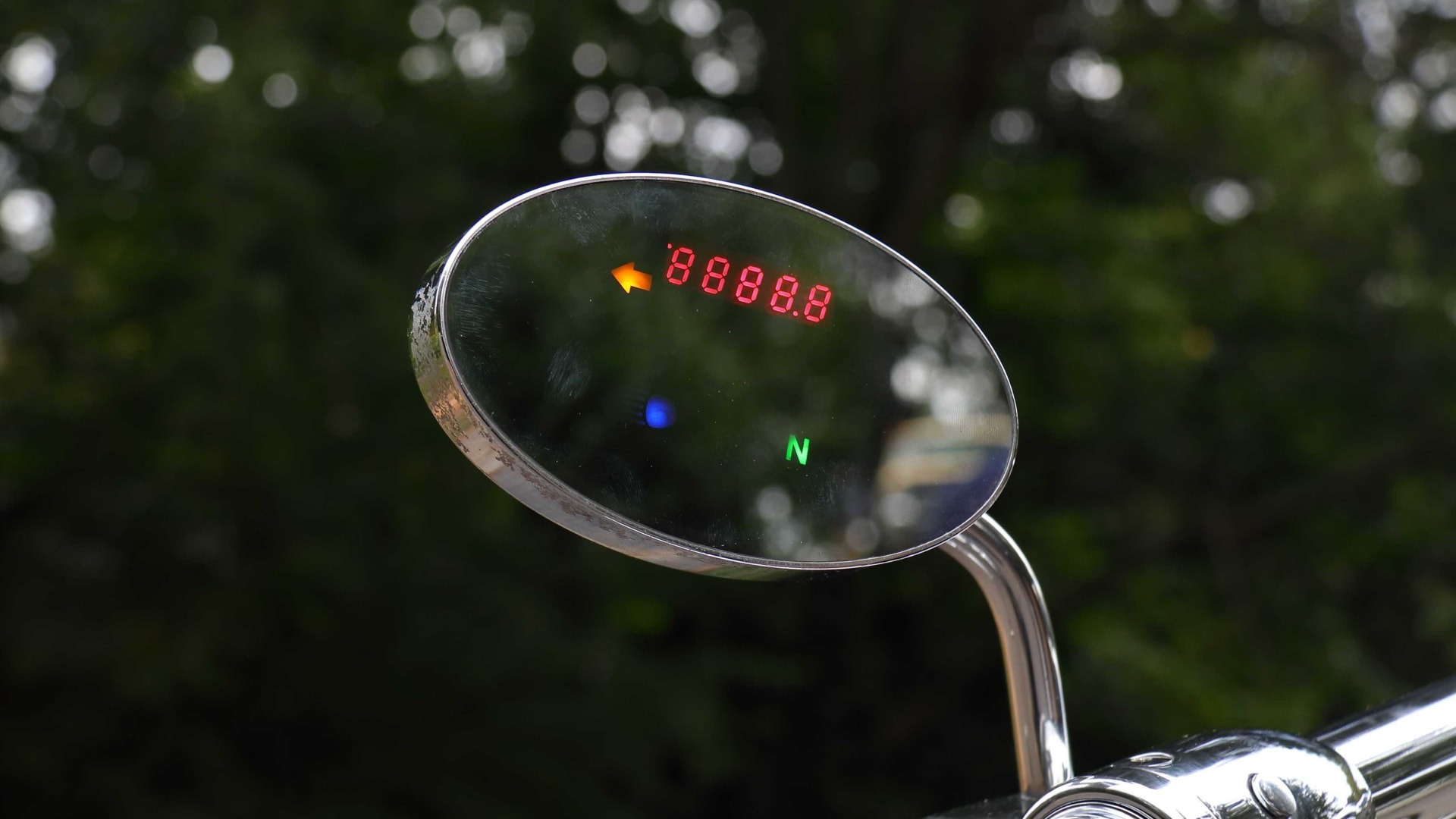
Other challenges came in the form of the drive system. The JRL team made an adapter plate where the propeller pad used to be and trimmed 30 to 40 pounds of reduction gearing from the engine. Output from the engine would go to a pulley, which drives an extra-long belt. Apparently, the motorcycle’s primary drive was more than six inches longer than the primary found in Harley-Davidsons.
Apparently, the gearing in the six-speed transmission is also tall. It’ll hit 50 mph in first gear and pull like a Spitfire to 100 mph. Apparently, the gearing is such a way that Levey once joked that the motorcycle won’t ever see sixth gear.

Quirks with using a radial engine in a chopper include high oil consumption and redundancies. Your typical motorcycle will have an engine with one ignition system and usually one spark plug per cylinder. Since this radial was made for aviation use, it has a dual ignition system and two spark plugs per cylinder for safety. Oh, you also get a really tiny tank. Rotec says the engine will drink 5.8 gallons per hour at 75 percent power. The Lucky 7 has a 2.5-gallon tank and in this application, the engine can cruise for about an hour. Granted, you may not want to ride for much longer. With a 50-degree rake, this is a motorcycle that likes going straight and not much else.
So Rare You’ll Likely Never See One

Since completing the first Radial Chopper, the motorcycle has been to motorcycle shows as well as airshows like EAA AirVenture Oshkosh. Levey also kept developing the motorcycles, making evolutionary improvements along the way. The price for a completed Lucky 7 was around $100,000 and construction time was about 6 months. Levey also considered making a smaller 1950cc ‘Aviator’ cafe racer model for $37,950. All of them come with the 2.8-liter Rotec R2800, which drinks 100LL avgas and punches out 110 HP and 160 lb-ft of torque. Levey estimates the top speed to be 227 mph. As you can imagine, these are so rare that no reviews of any kind exist.
The site also suggests that there are five of these out there now. Apparently, Levey expected to sell more than 50 Lucky 7s. One of them, a 2010 JRL Cycles Lucky 7, was sold at Mecum Auctions in Las Vegas in 2021. The motorcycle was also on display at the entrance of the Barber Motorsports Museum as recently as earlier this year. JRL Cycles’ Facebook page seems to claim that the fifth build will be the last.

But don’t worry, because Levey isn’t done yet. In the past, he planned on making motorcycles with a Rotec R3600 nine-cylinder radial making 150 HP. More recently, he showed off sketches for a radial-powered sportbike, which sounds like my kind of silly. Choppers aren’t really my thing, but I can’t stop thinking about how fun this would be to ride. It’s time to add another motorcycle to my bucket list.
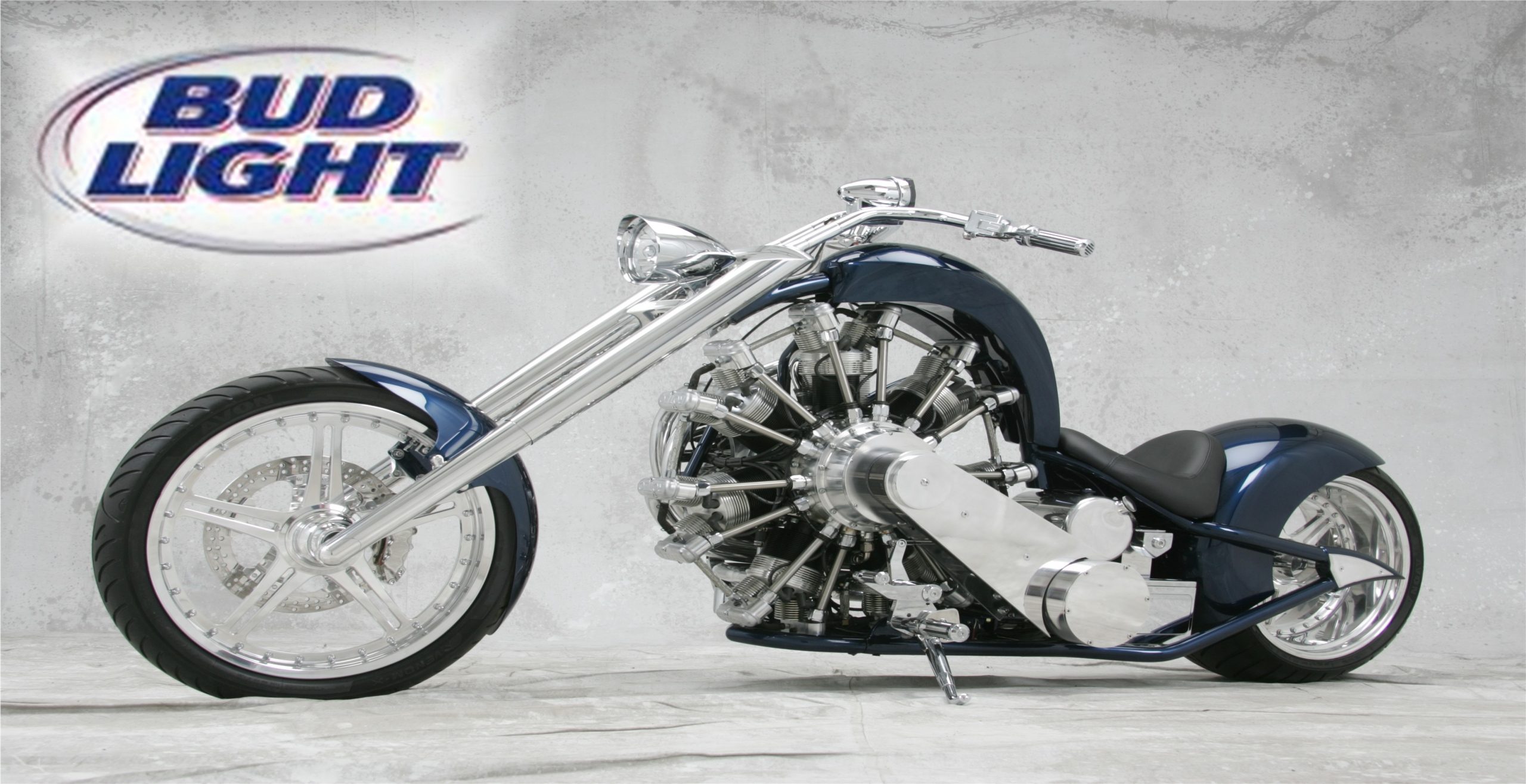
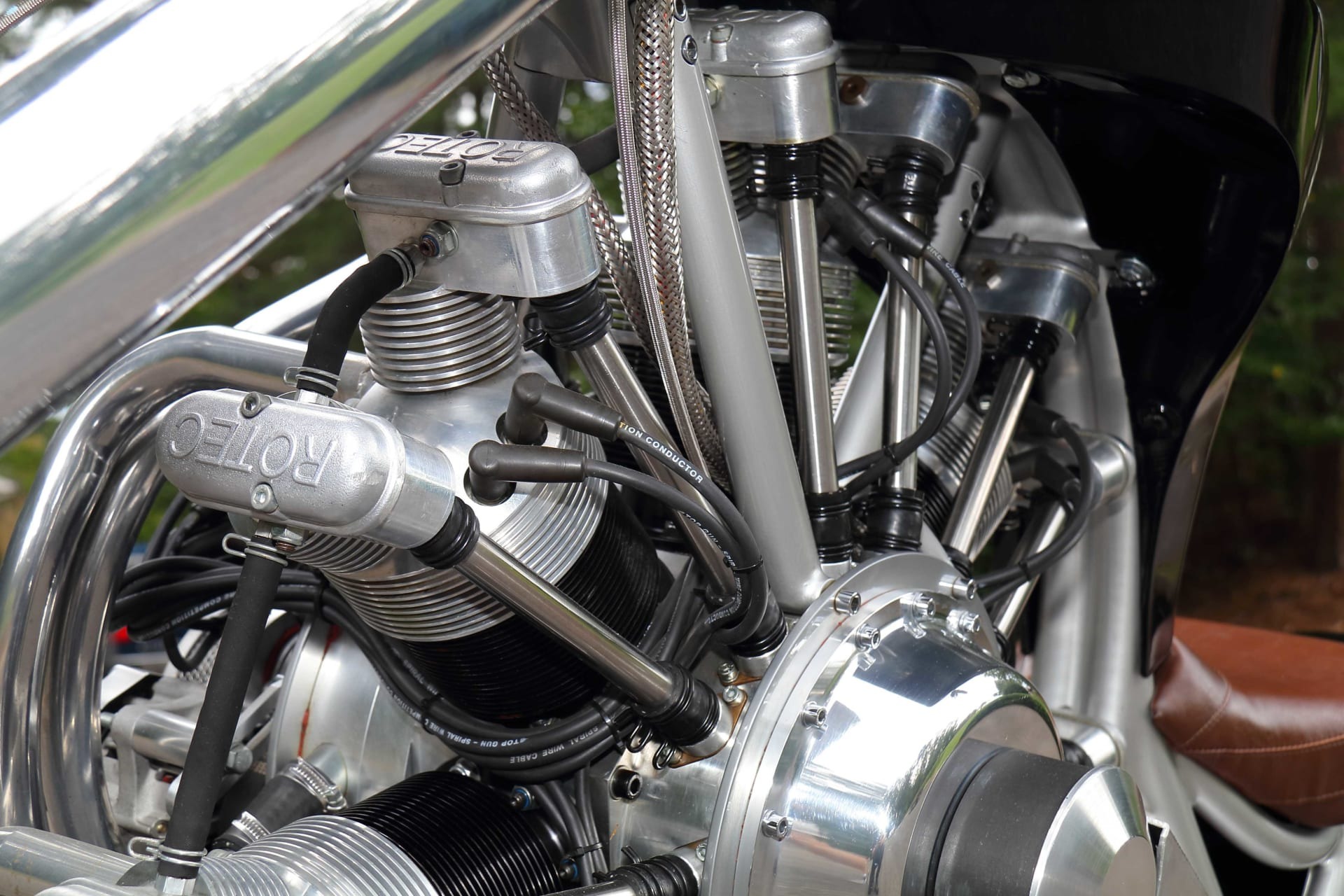
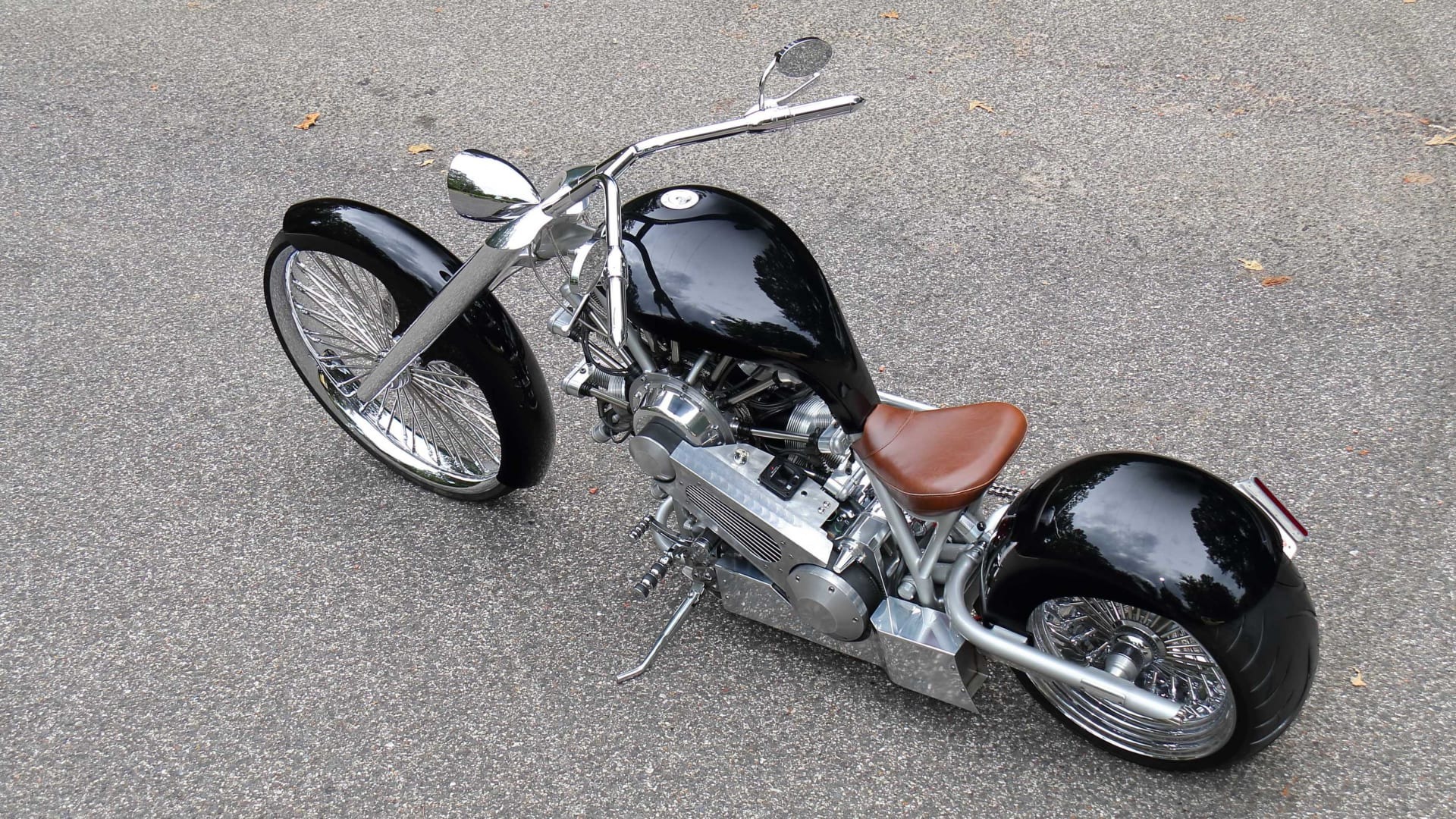
Support our mission of championing car culture by becoming an Official Autopian Member.


